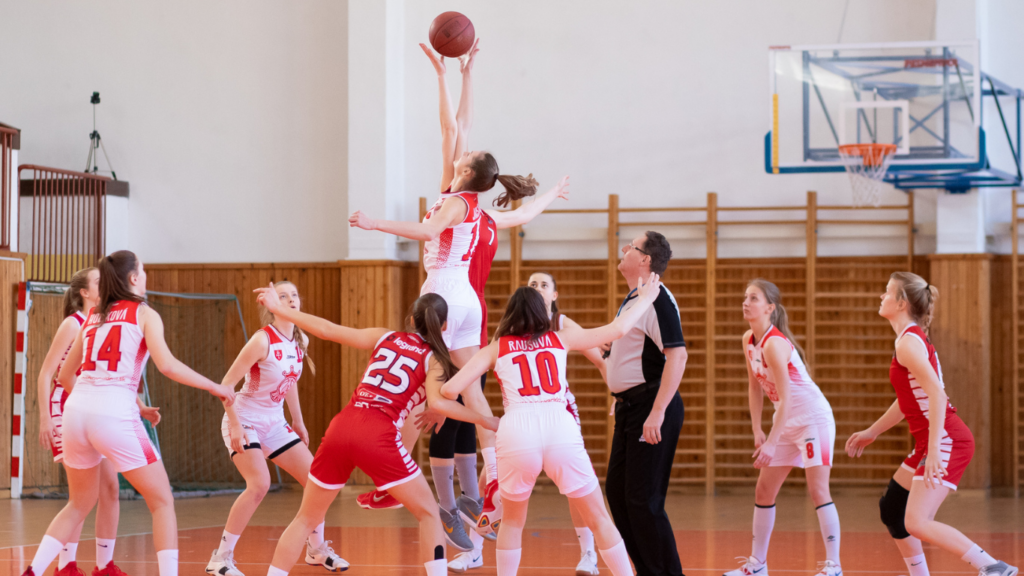The Historical Context of Women in Sports
Women faced significant barriers in sports for much of history. Initially, societal norms restricted women from participating in physical activities, deeming them unsuitable for their gender. The early 20th century saw women starting to challenge these norms. In 1900, women competed in the Olympics for the first time, participating in tennis and golf. This marked the beginning of their gradual acceptance in the sports arena.
By the mid-20th century, female athletes began gaining more traction. In 1960, Wilma Rudolph became the first American woman to win three gold medals in a single Olympics. Her success highlighted the potential of female athletes and inspired many to follow in her footsteps. The introduction of Title IX in 1972 was another pivotal moment. This US law mandated equal opportunities for women in sports, leading to increased female participation in various disciplines.
The late 20th and early 21st centuries saw a significant rise in the visibility and success of female athletes. Icons like Billie Jean King in tennis, Jackie Joyner-Kersee in track and field, and Mia Hamm in soccer broke numerous records. These athletes didn’t just excel in their disciplines; they also became vocal advocates for gender equality in sports.
The significant media coverage of women’s sports has increased over the years. Major broadcasting networks now regularly feature female athletes, providing them with a platform to showcase their talents. This visibility has been crucial in changing public perceptions and inspiring young girls to pursue sports.
Throughout history, despite immense challenges, women have persisted in breaking barriers in sports. Their relentless efforts have not only paved the way for future generations but also contributed to the broader movement for gender equality.
Pioneers Who Broke Initial Barriers
Women in sports owe much to the pioneers who paved the way for future generations. Their early efforts laid the groundwork for the progress we see today.
Early Trailblazers
The names of early trailblazers resonate with determination and courage. Gertrude Ederle became the first woman to swim across the English Channel in 1926, defying conventional expectations.
Suzanne Lenglen dominated women’s tennis in the 1920s, known for her flamboyant style and athletic prowess. In the realm of high jump, Alice Coachman made history in 1948 by becoming the first African American woman to win an Olympic gold medal. These women showcased extraordinary talent and broke societal norms through their achievements.
Impactful Events and Milestones
- Significant events catapulted women’s sports into the mainstream.
- The 1960 Rome Olympics marked a turning point when Wilma Rudolph secured three gold medals, symbolizing strength and perseverance.
- Title IX, passed in 1972, played an instrumental role by legally mandating equal opportunities for women in college sports programs across the U.S.
- In 1973, Billie Jean King’s victory against Bobby Riggs in the “Battle of the Sexes” tennis match highlighted gender equality on a global stage.
- The 1999 FIFA Women’s World Cup saw the U.S. women’s team, led by Mia Hamm, captivate audiences worldwide, pushing the conversation about women’s sports to new heights.
These milestones collectively shattered barriers and set a foundation for today’s female athletes.
Modern Achievements and Recognitions
Women’s sports have embraced modern achievements, showcasing exceptional talent and breaking records. These milestones reflect the ongoing progress in gender equality and inspire future generations.
Dominant Female Athletes Today

I see numerous female athletes dominating their fields. Serena Williams, with 23 Grand Slam titles, has redefined tennis excellence. Simone Biles, an Olympic gold medalist with 25 World Championship medals, elevates gymnastics standards. Mikaela Shiffrin, a world champion in alpine skiing, sets new benchmarks for speed and skill. Besides Shiffrin, noteworthy athletes include Allyson Felix in track and field and Katie Ledecky in swimming, both exemplifying unmatched talent and dedication.
Landmark Competitions and Awards
Significant competitions have highlighted women’s athletic prowess. The Women’s FIFA World Cups of 2015 and 2019 drew massive global audiences, with the US team claiming victory both times. The WNBA Finals showcase top-tier women’s basketball, growing in popularity and recognition annually. The Laureus World Sports Awards and the ESPYS have celebrated female athletes’ achievements, ensuring they receive the deserved accolades. Each event and award solidifies women’s sports as integral to the broader sports landscape.
Cultural and Societal Shifts
Cultural and societal shifts have been crucial in the rise of women in sports. These changes reflect a broader movement towards gender equality.
Media Representation
Media representation has played a significant role in changing perceptions about women in sports. When the media covers female athletes prominently, it not only highlights their achievements but also normalizes their presence in mainstream sports. For example, the 2019 FIFA Women’s World Cup drew nearly 1.12 billion viewers globally, according to FIFA. This extensive coverage helped elevate the status of women’s soccer and encouraged young girls to see professional sports as a viable career.
Changing Public Perceptions
Changing public perceptions are evident in the increasing acceptance and support for female athletes. Societal views have evolved, enabling more women to participate in sports without facing stereotypes or discrimination. According to a 2020 report by the Women’s Sports Foundation, 87% of U.S. adults believe it’s important for girls to have the same opportunities as boys in sports.
This shift is mirrored in higher participation rates, where girls’ involvement in high school sports jumped from 294,015 in 1971 to 3.4 million in 2018. As society continues to embrace the importance of gender equity in sports, more opportunities become available for women, further breaking down barriers and changing the landscape of athletics.
Challenges That Persist
Despite significant progress, women in sports still face numerous challenges that hinder their full potential. Two critical issues are gender inequality and pay disparity.
Gender Inequality
Gender inequality remains pervasive in sports, affecting everything from participation to representation in leadership roles. Limited access to:
- funding
- facilities
- training opportunities
often hampers female athletes’ development. For example, the University of Cambridge’s 2019 study found that women received only 0.5% of sports coverage in global media. This marginalization impacts public awareness and sponsor interest, perpetuating inequity. Furthermore, female athletes encounter stereotypes and biases questioning their abilities and relevance in traditionally male-dominated sports.
Pay Disparity
Pay disparity in sports highlights a glaring imbalance between male and female athletes. The 2022 Global Sports Salaries Survey revealed that, on average, male athletes earn significantly higher wages than their female counterparts. For instance, in soccer, the highest-paid female player earns less than 1% of the highest-paid male player’s salary. Prize money disparities also exist; Wimbledon offered equal prize money starting in 2007, but many other events lag behind. This financial gap affects livelihood and motivation for female athletes, creating an uneven playing field in sports.
The Future of Women in Sports
The future for women in sports looks incredibly promising. With growing support and emerging talents, women continue to rewrite the rules and set new standards.
Upcoming Talents
Numerous young athletes are ready to step into the spotlight. Naomi Osaka, a tennis sensation, has already clinched four Grand Slam titles by age 23. Coco Gauff, another tennis prodigy, broke into the professional scene at just 15, defeating seasoned players like Venus Williams. In soccer, players like Trinity Rodman, who became the youngest player ever drafted in the NWSL at 18, are making headlines. These athletes not only excel in their sports but also advocate for social change, utilizing their platforms for broader societal impact.


 Patience Degarmonic was instrumental in building the community and health sections of News Flip Network, bringing a fresh perspective to the platform. Her focus on wellness content, along with her efforts in curating relevant and insightful articles, added depth to the site’s offerings. Degarmonic’s contributions ensured that readers not only stay informed about current events but also gain valuable tips for leading balanced and healthy lives.
Patience Degarmonic was instrumental in building the community and health sections of News Flip Network, bringing a fresh perspective to the platform. Her focus on wellness content, along with her efforts in curating relevant and insightful articles, added depth to the site’s offerings. Degarmonic’s contributions ensured that readers not only stay informed about current events but also gain valuable tips for leading balanced and healthy lives.